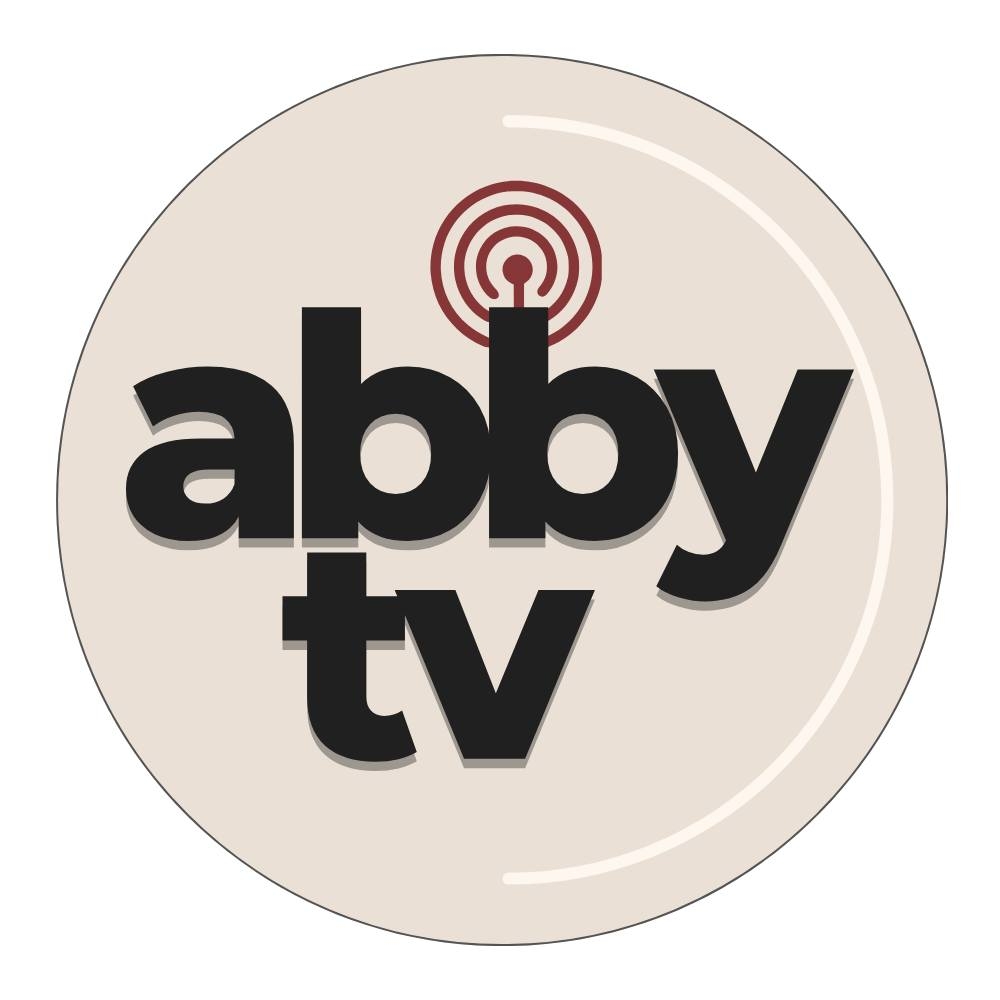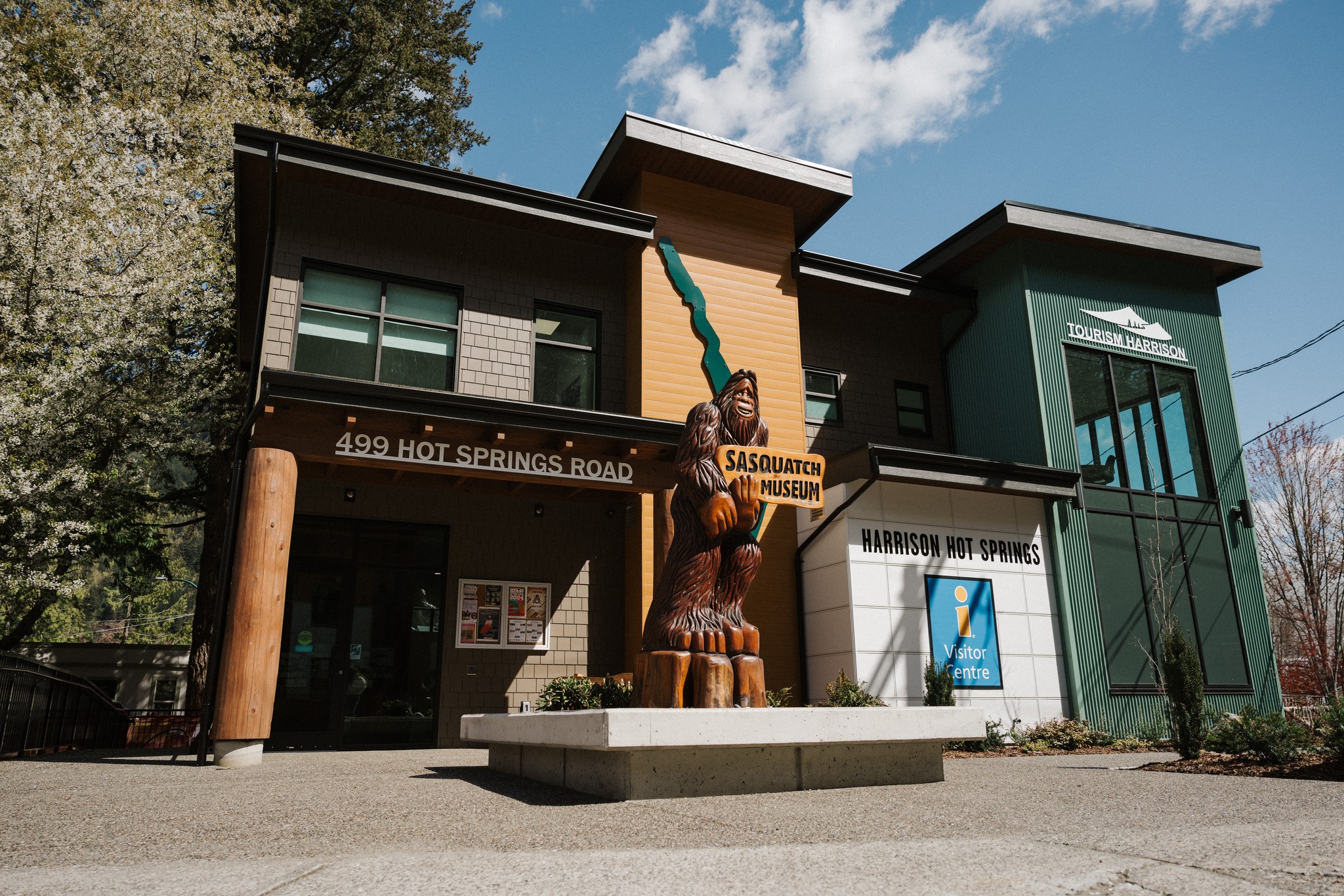I can remember the anticipation when our highway patrol unit was issued it’s first laser speed measuring device, an LTI 20/20 Marksman. Imagine! Here was a device that we could point at a single vehicle in the traffic stream and accurately measure only it’s speed. It was fast enough to re-target and measure the vehicles around it too. No one would want to use hand held radar once we were trained on this.
Training was a full day event. We spent the morning learning all about the device and an afternoon under the supervision of an experienced instructor using the lidar ourselves.
Lidar sends out a train of laser pulses in a tight beam that would be about the diameter of an orange at 300 metres distance. It had to receive a significant number of those pulses back in recognizable form before it would display the target vehicle’s speed. If something was not right, instead of a speed it would display an error code. As long as the error was not due to a system failure of some sort, you could correct it and immediately try again.
If traffic was light and the vehicle was large and reflective, you could make accurate speed measurements at distances of over a kilometer.
Preparing for a shift was a simple exercise. You plugged the laser in and turned it on. The power on self test ran and issued either a pass or fail.
A pass meant proceeding to the aiming test. A distant target (we used a utility pole with a crossbar) was selected that had sharp horizontal and vertical edges with nothing close behind. The laser was put into aiming mode and the sighting dot passed over the target. A change in the audible tone signified when the beam was passing over the edges of the target. If the tone change corresponded to the visual observation of the dot in the aiming scope touching the edge, it was aimed correctly.
Proper aim meant continuing to the fixed distance zero velocity test. We had set up three permanent targets in our parking lot that we had carefully measured the distance to. The lidar had to show a zero speed reading and the correct distance to each target before we could be satisfied that it was measuring correctly.
With testing completed and recorded in my notebook, I was ready to find a location and start issuing speeding tickets if the opportunity presented itself.
When a speeding ticket was disputed I had to satisfy the court by testimony that I had qualified to use the lidar, it had been tested and found to be in proper operation, the motor vehicle driven by the accused was targeted correctly and a speed that corresponded to visual observation was measured. It goes without saying that the measured speed had to be higher than the prevailing speed limit for the location of the offence.
At that point, the onus of proof to the contrary shifted to the disputant. In my experience, if the officer did everything as they were trained to do correctly this type of speeding evidence was difficult to disprove.
Story URL: http://www.drivesmartbc.ca/police/measuring-vehicle-speed-laser
Constable Tim Schewe (Retired)
DriveSmartBC: Where better than average drivers satisfy their curiosity.













